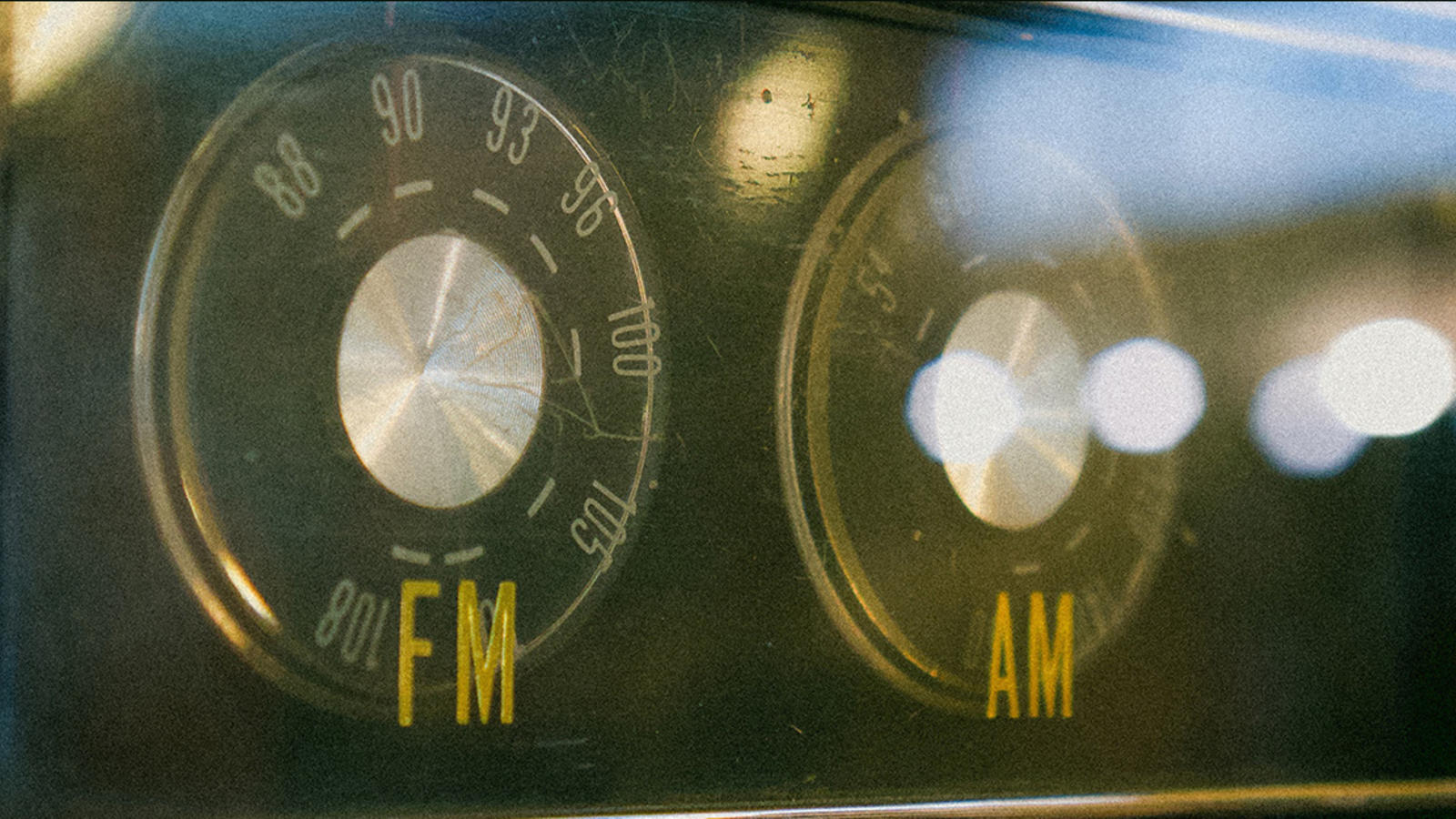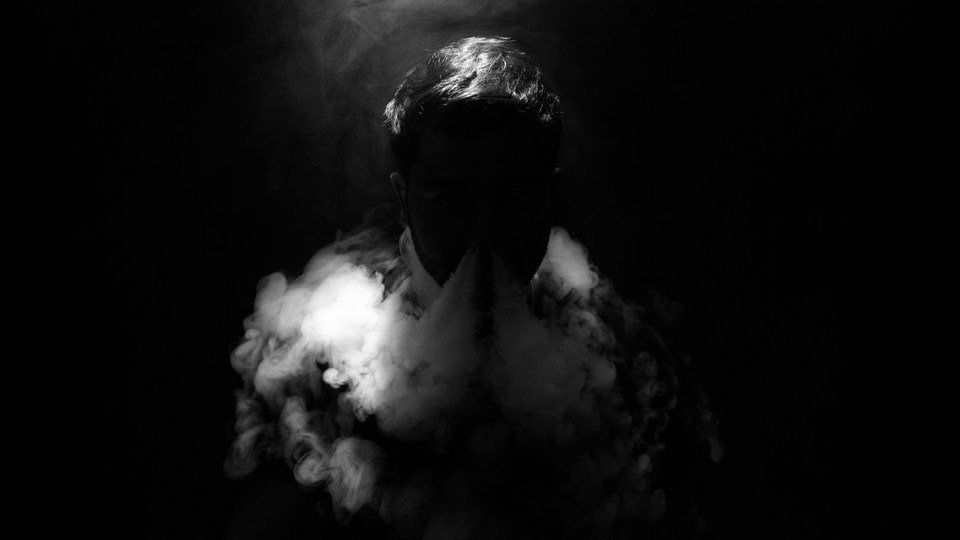
Tuning In
How To Orchestrate A Great Concert
Based on research by Wagner Kamakura and Carl W. Schimmel
How To Orchestrate A Great Concert
- Professional orchestras have multiple, often conflicting, goals: art, education, promoting new artists and staying afloat financially.
- A forecasting model that focuses on the different features in one program can help orchestras meet all their goals.
- The same modeling approach can help a range of organizations and industries combine their offerings into more attractive bundles.
The Metro Symphony Orchestra needed to hit the right note: delighting its various music lovers, bringing in enough money to thrive through the next season – and, of course, making scintillating art.
To do it all, the programming had to harmonize musical offerings for corporate and individual donors as well as faithful season-subscribers. At the same time, it couldn’t tune out the all-important single-ticket buyers – listeners who attend a few times a year, but play a key role in revenue.
Rice Business professor Wagner A. Kamakura came up with some answers. In research conducted at Duke University, where he was previously a professor, Kamakura joined Illinois State School of Music professor Carl W. Schimmel to build an analytic model that helps professional orchestras synchronize their goals. The model analyzes single-ticket sales activity, resulting in a tool music directors and marketing executives can use to fine-tune concert programs to meet their diverse goals.
Based on ticket sales data from 47 U.S. orchestras over multiple concerts and seasons, the model shows how specific concert features interact with each other at the box office. It also takes into account the diversity of taste across different markets. Any orchestra can use the model, Kamakura and Schimmel write, simply by applying its own managerial insights and plugging in its sales data. In fact, other industries can make use of it as well: the model works for any product/service sold in bundles of features, such as fast-food, groceries, hotel rooms, spas, cable TV and telecom.
To create the tool, the professors studied a kaleidoscope of ticket-selling scenarios, ultimately coming up with 24 variables to be mixed and matched. Among them: Saturday evening audiences; April-June schedules; appearances of a star soloist; visits by a guest conductor; choral music; Mozart; the “three B’s” (Bach, Beethoven and Brahms); and contemporary music.
The researchers then tracked sales outcomes from mingling these variables. In one case, for example, the model found a negative interaction in a program offering a star soloist and a “most popular” piece. Because people who want to hear a star soloist are likely the same ones who want to hear popular pieces, combining them won’t attract additional listeners. Offering either feature individually, however, will prompt more single-ticket sales, and can help increase revenue.
In another scenario, combining a star soloist and a regular soloist resulted in a positive interaction, suggesting a star soloist adds to the appeal of a regular soloist. Put another way, when it comes to soloists, familiarity leads to audience loyalty. In a third instance, programs that included a guest conductor negatively affected the single-ticket sales of top national orchestras. The conclusion? Guest conductors only boost ticket sales for smaller regional orchestras; top national orchestras should market their resident conductors as community figures, boosting sales by emphasizing them as local personalities.
The researchers also studied how to entice the occasional concertgoer. The single-ticket crowd, Kamakura and Schimmel found, was most likely to attend programs that include both choral work and a very popular piece rather than programs that showcase only one or the other.
The researchers even isolated the single-ticket sales high note: a program that mixes less-popular works from 1750 to 1950. Unfortunately, the strategy has an inherent drawback: Overall, that type of program will likely sell fewer tickets than one with a highly popular work.
Art, like business, requires tradeoffs. Kamakura and Schimmel’s model helps orchestras make the best of such decisions by using single-ticket sales analysis to calibrate their musical, educational and revenue strategies. Similar big data models, the researchers write, can help other arts groups too.
Wondering what type of artist to showcase after the traveling Obama portraits? Plotting how to maximize sales for an avant-garde stage show of “Don Quixote?" The possibilities are endless for those with enough data. But like a good tuning fork, Kamakura and Schimmel’s model helps arts groups keep their programming from hitting sour notes.
Wagner A. Kamakura is Jesse H. Jones Professor of Marketing at Jones Graduate School of Business at Rice University.
To learn more, please see: Kamakura, W. A. & Schimmel, C. W. (2013). Uncovering audience preferences for concert features from single-ticket sales with a factor-analytic random-coefficients model. International Journal of Research in Marketing, 30(2), 129-142.
Never Miss A Story


